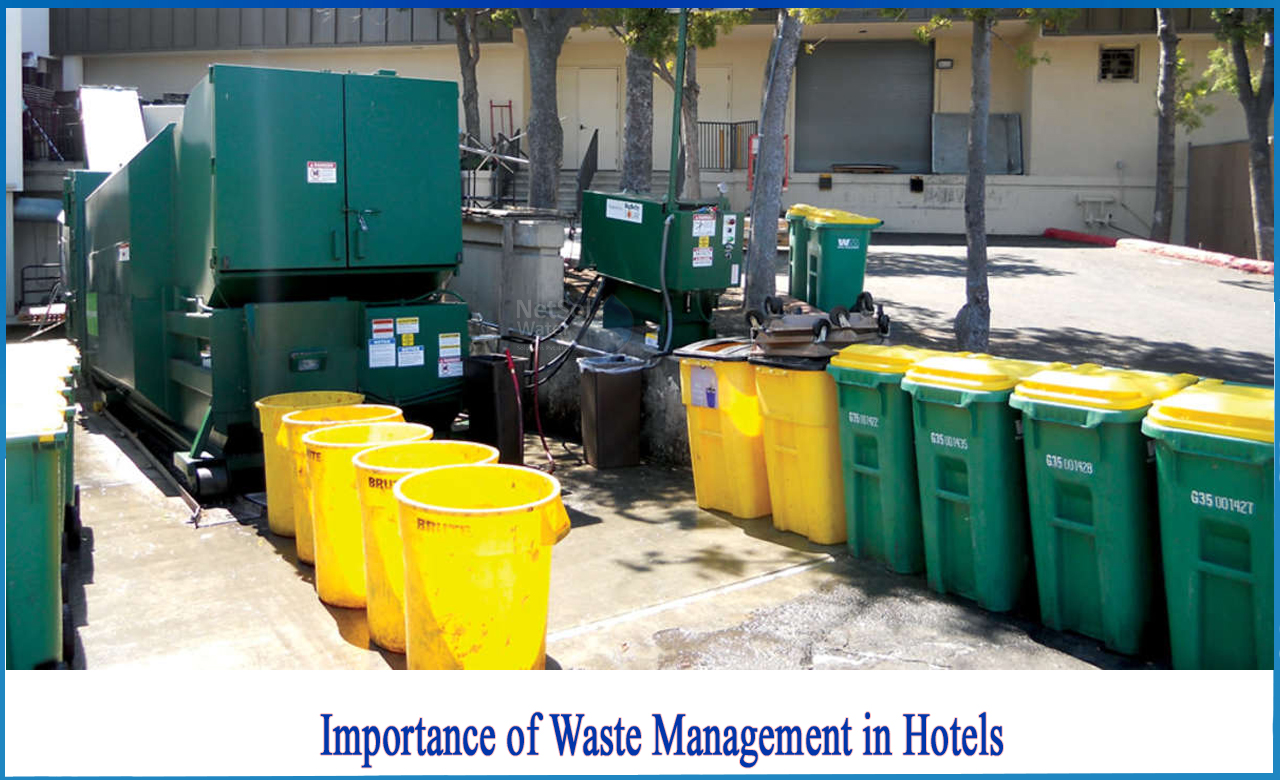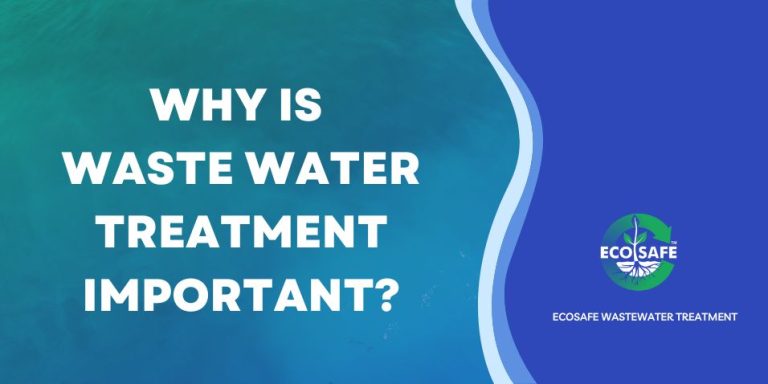The 9-Minute Rule for Reclaim Waste
The 9-Minute Rule for Reclaim Waste
Blog Article
Reclaim Waste Can Be Fun For Everyone
Table of ContentsThe Ultimate Guide To Reclaim WasteReclaim Waste for Dummies7 Easy Facts About Reclaim Waste DescribedReclaim Waste Things To Know Before You Get ThisThe Greatest Guide To Reclaim Waste
Domestic sewer waste refers to the waste and products from a property septic storage tank. The proper administration and disposal of residential sewer waste need liquid waste to be moved to a sewer treatment plant where the correct methods and equipment are used to cleanse and dispose of waste.
Business waste usually includes potential threats, such as combustible products or a combination of liquid and strong waste items, and needs an advanced and in-depth disposal procedure. The disposal of industrial waste usually includes the filtering of waste prior to transport to ensure safe and proper disposal. Hazardous waste is produced from results and drainage of commercial processes and manufacturing.
This type of waste can not make use of the very same sewer monitoring transportation or procedures as septic or industrial liquids. The hazardous waste management process requires the examination and testing of fluid waste before it undertakes the disposal process (liquid waste removal melbourne). Runoff waste is the liquid waste that comes from drainage and excess stormwater in very booming locations or cities
Drainage waste can cause contamination and flooding otherwise taken care of effectively. Learn extra regarding sewage system cleaning and waste management. Ensuring proper waste administration can stop disasters and lower environmental damage. Both people in domestic setups and experts in industrial or manufacturing sectors can take advantage of understanding the processes and guidelines of liquid waste monitoring.
Reclaim Waste Fundamentals Explained
Contact PROS Providers today to find out about our waste monitoring and disposal services and the appropriate methods to look after the fluid waste you create.
(https://blogfreely.net/reclaimwaste1/yc311a58b1)Do you know what occurs to your water when you draw the plug, purge the toilet or drain the cleaning equipment? No? Well, it's worth understanding. This so-called 'wastewater' is not only an essential source however, after treatment, will be launched to our land, waterways or the sea. Utilized water from commodes, showers, baths, cooking area sinks, washings and commercial processes is called wastewater.

water utilized to cool down machinery or clean plant and devices). Stormwater, a form of wastewater, is runoff that streams from farming and city locations such as roof coverings, parks, yards, roads, paths and rain gutters into stormwater drains, after rainfall. Stormwater flows untreated straight read this to regional creeks or rivers, at some point getting to the ocean.
The Facts About Reclaim Waste Uncovered
In Queensland, many wastewater is dealt with at sewage treatment plants. Wastewater is delivered from residential or commercial sites through a system of drains and pump terminals, recognized as sewerage reticulation, to a sewage therapy plant.
The Division of Natural Resources advises local federal governments about handling, operating and maintaining sewerage systems and treatment plants. In unsewered locations, city governments may call for homeowners to set up specific or household sewage therapy systems to treat domestic wastewater from bathrooms, cooking areas, restrooms and laundries. The Division of Natural Resources authorises using family systems when they are verified to be efficient.
In some new neighborhoods, treatment of some stormwater to get rid of litter, sand and gravel has begun making use of gross contaminant traps. Wastewater therapy happens in 4 phases: Gets rid of strong matter.
Wastewater then moves into large storage tanks where solids resolve and are gotten rid of as sludge. Grease and scum are skimmed from the surface area. Utilizes tiny living organisms referred to as micro-organisms to damage down and eliminate remaining liquified wastes and great particles. Micro-organisms and wastes are integrated in the sludge. Gets rid of nitrogen and phosphorus nutrients that might cause algal blossoms in our waterways and endanger aquatic life.
The Best Guide To Reclaim Waste
Nutrient removal is not offered at all sewer therapy plants due to the fact that it calls for costly specialised tools. Clear liquid effluent produced after treatment might still have disease-causing micro-organisms - liquid waste removal melbourne.

A lot of wastewater moves right into the sewerage system. Under the Act, neighborhood federal governments carry out authorizations and licences for ecologically relevant tasks (Periods) including wastewater launches that could have a regional influence.
The Best Guide To Reclaim Waste
Otherwise, examples are considered research laboratory evaluation. Often lots of examinations are needed to establish the levels of each of the various contaminants such as oils, hefty steels and pesticides in water. Tracking offers factual information concerning water high quality and can confirm that licence problems are being fulfilled. The details obtained via monitoring offers the basis for making water high quality decisions.
Report this page